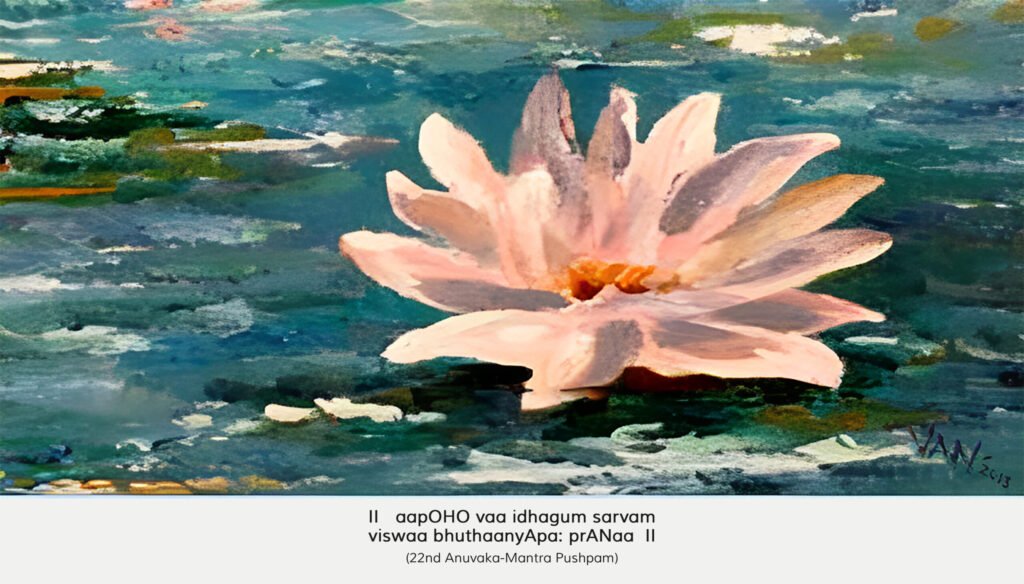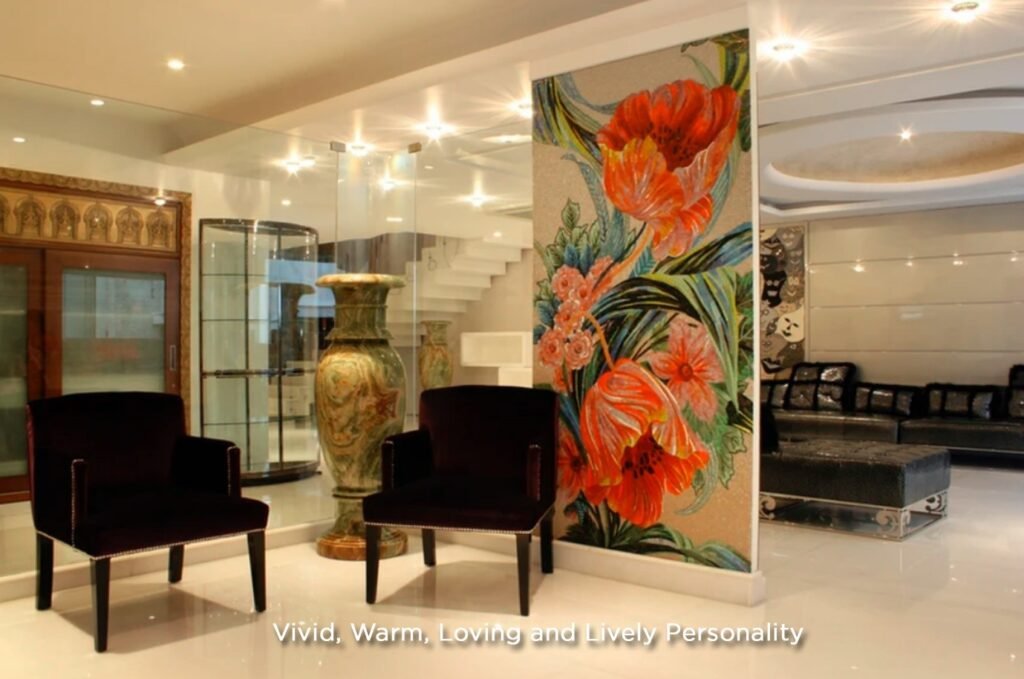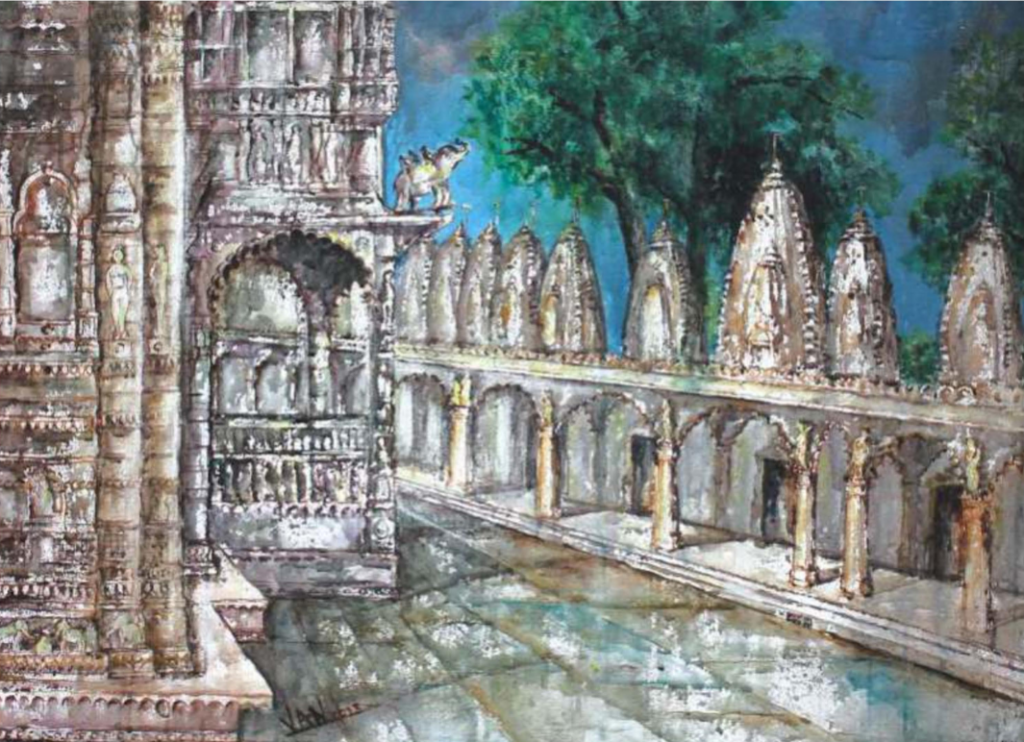~Balkrishna Doshi When the legendary architect Balkrishna Doshi made this profound statement, he wasn’t merely romanticizing architecture. He was redefining its soul. To him and to any architect who sees beyond the blueprint architecture is not just about columns, beams, and concrete. It is about people. It is about life. In an age often obsessed …
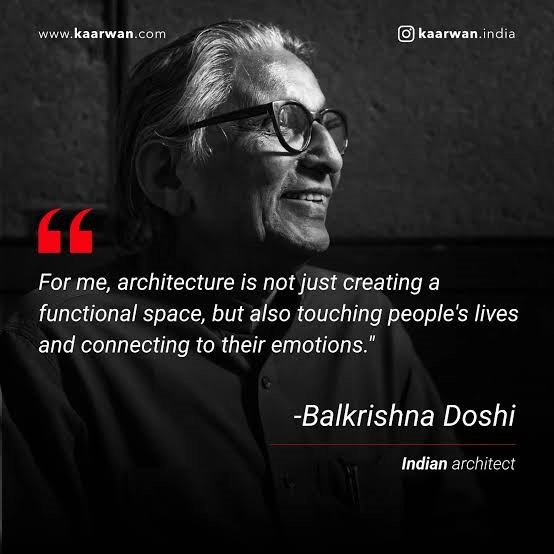
~Balkrishna Doshi
Table of Contents
- The Core of Architecture: Function, Feeling, and Fulfillment
- The Architect as a Storyteller of Human Experience
- Space as a Living Entity
- Emotions in Materials and Forms
- Architecture as a Catalyst for Social Transformation
- Emotion Isn’t a Luxury, It’s the Essence
- A Personal Reflection: The Soul of the Sketch
When the legendary architect Balkrishna Doshi made this profound statement, he wasn’t merely romanticizing architecture. He was redefining its soul. To him and to any architect who sees beyond the blueprint architecture is not just about columns, beams, and concrete. It is about people. It is about life.
In an age often obsessed with spectacle and photogenic facades, Doshi gently reminds us of what lies at the heart of architecture: humanity.
The Core of Architecture: Function, Feeling, and Fulfillment
Traditionally, architecture is understood through the Vitruvian triad: firmitas (strength), utilitas (functionality), and venustas (beauty). Most architectural education and practice begin with this. But Doshi challenges us to go beyond even beyond venustas. Beauty, to him, isn’t just in symmetry or proportion; it’s in resonance.
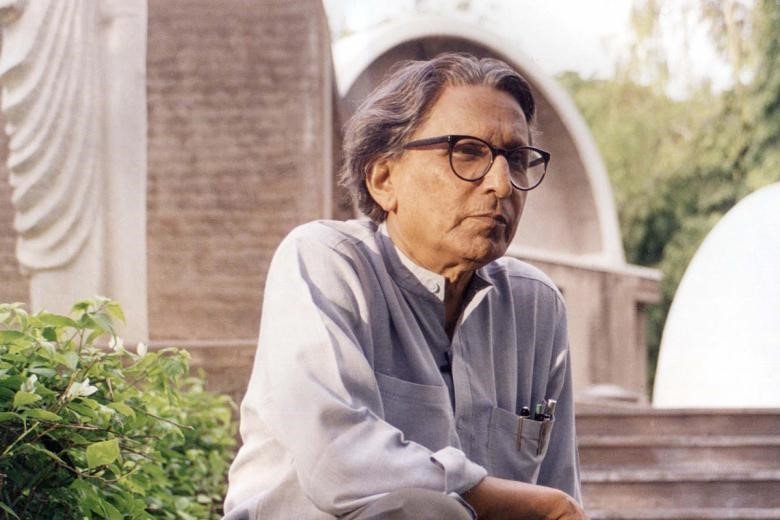
To create a functional space is only the beginning. Any engineer can do that. But to create a space that moves someone, that comforts, that uplifts, that invites joy or contemplation that is an architect’s real triumph.
A home should not just shelter you from the rain. It should embrace you after a long day. A school should not just be a place to teach it should inspire curiosity. A public plaza shouldn’t just be a gap between buildings it should be a stage for the theatre of everyday life.
The Architect as a Storyteller of Human Experience
As architects, we are not just designers. We are interpreters of dreams. Every line we draw on paper echoes someone’s story: a child’s corner to daydream in, a grandmother’s sunny seat to read in the afternoon, a lover’s balcony to whisper secrets under the stars.
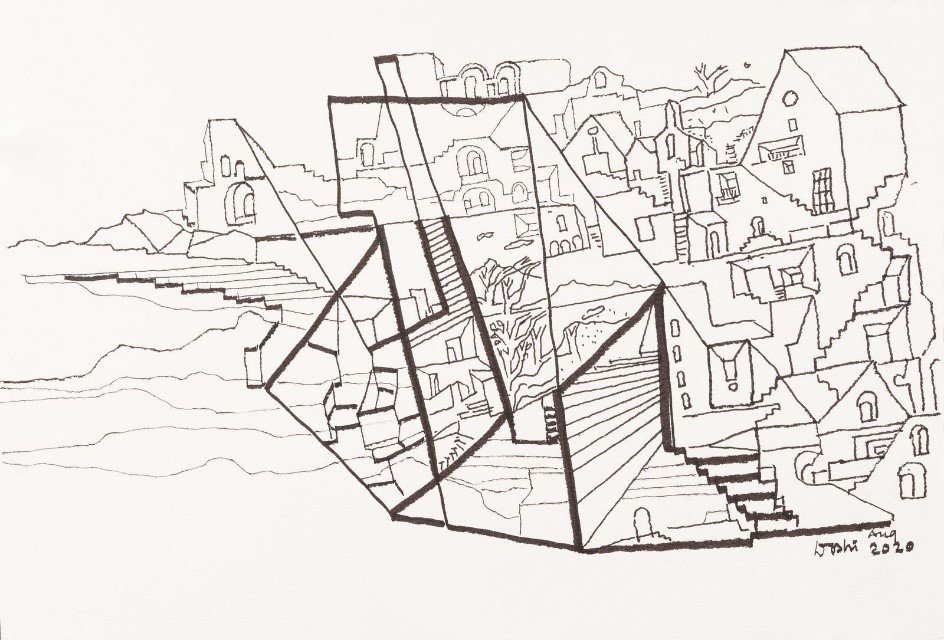
Untitled work by Balkrishna Doshi. Pen & ink on paper.
Doshi’s approach was never ego-driven. It was empathetic. He placed himself in the shoes of the user. He walked through imaginary corridors, sat on non-existent benches, and looked out of unbuilt windows before he even touched the sketchpad. Because he understood: architecture is the physical manifestation of lived emotion.
Take his design for Aranya Low-Cost Housing. It wasn’t just about housing thousands affordably. It was about dignity. He designed courtyards where children could play, flexible spaces for families to grow, and layouts that nurtured community bonds. The plan was affordable but never emotionally cheap. It respected the poetics of everyday life.

Aranya low-cost housing, Indore, Balkrishna Doshi
Space as a Living Entity
Spaces aren’t static. They breathe. They evolve. They interact with light, time, and the people within them.
Doshi was a master of designing spaces that age gracefully, that change with the seasons, and allow for serendipity. He used transitional spaces verandas, courtyards, shaded corridors not just to address climate but to enhance the choreography of daily life.
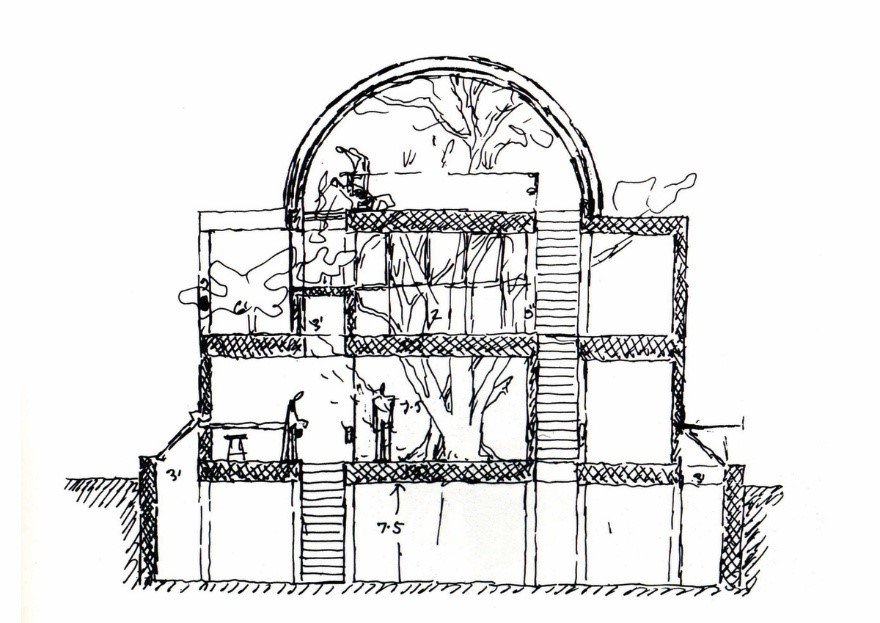
Sangath Architect’s Studio
Consider the Sangath Studio in Ahmedabad. It’s not just a workplace it’s a sanctuary. Sunken into the ground to minimize heat, crowned with vaults and water features, shaded with trees it feels more like a temple to creativity than a conventional office. The design doesn’t shout; it whispers. It listens. It invites contemplation.
As architects, we can learn to design buildings that talk to their environment, that converse with sunlight, that nod to tradition while pushing toward the future.
Emotions in Materials and Forms
Doshi’s work often used humble materials brick, stone, concrete but never in a humble way. He coaxed poetry out of them. He wasn’t looking for glamour. He was looking for truth.
And that truth is emotional.
The feel of a cool stone floor under your feet on a hot summer day. The way filtered light dapples a wall, reminiscent of childhood afternoons under a tree. The echo of footsteps in a long corridor that triggers memories of ancestral homes.
As architects, we must remember: materials carry memory. And forms carry meaning. A curve isn’t just an aesthetic choice it can be a gesture of embrace. A narrow lane can be a strategy for shade but also a prompt for neighborly interaction.
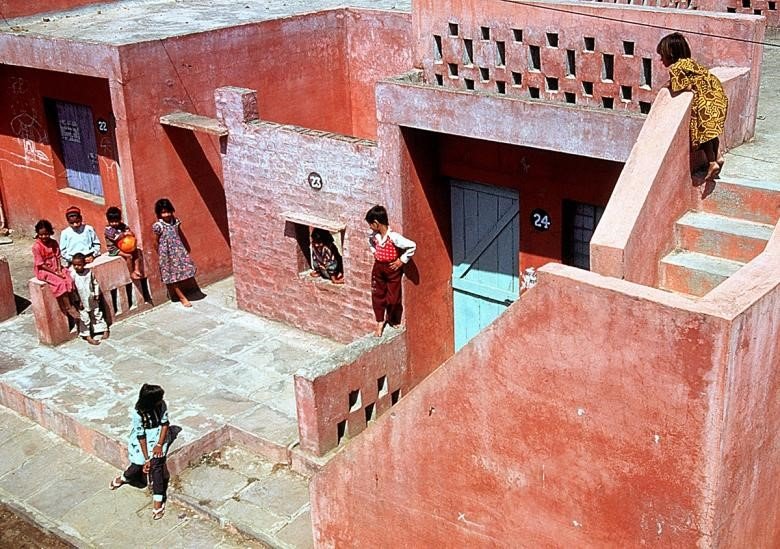
Aranya Low-Cost Housing, Indore, 1989.
When we design with emotion, every material we choose, every form we carve becomes a note in a larger symphony of human experience.
Architecture as a Catalyst for Social Transformation
Touching lives is not always about creating moments of beauty it’s also about addressing needs, and doing it with grace.
Doshi often spoke of the architect’s responsibility to society. He wasn’t interested in architecture as a playground for the elite. He believed in inclusive architecture, designing for the masses, for the voiceless, for the overlooked.

CEPT University, Ahmedabad, India
His educational projects like CEPT weren’t ivory towers; they were open, democratic, and collaborative. His housing projects weren’t charity; they were empowerment through design.
And that’s the real emotional connection: giving people the tools to live fully, with dignity, with joy.
In our practice, we must ask: Does this space serve more than just a client? Can it serve a community? Can it heal a fracture? Can it spark conversation? Can it plant hope?
Emotion Isn’t a Luxury, It’s the Essence
In commercial practice, there’s often a tendency to sideline emotion. Budgets, deadlines, clients these take precedence. And sure, you can deliver a “functional” building that ticks all the boxes.
But Doshi challenges us: is ticking boxes enough?
Would you call a painting functional because it fills a blank wall? No. You value it because it makes you feel something. So why should buildings be any different?
As architects, our spaces will be backdrops to people’s most intimate moments birthdays, breakdowns, celebrations, solitude. Shouldn’t we design them to hold those emotions gently?
Emotion doesn’t need a bigger budget. It needs intention. It needs empathy.
Learning from Doshi: A Call to Conscious Design
Balkrishna Doshi’s legacy isn’t just in his buildings. It’s in how he made us rethink architecture itself.
He urges us to listen not just to the client, but to the land, the climate, the culture, the people. He reminds us to feel to not become sterile technicians, but emotional translators. And above all, he teaches us to be humble. To design not from the pedestal of genius, but from the ground of compassion.
From an architect’s point of view, this means:
- Listening deeply in the briefing process not just to requirements but to aspirations.
- Observing how people really use space often in unexpected ways.
- Designing not just for efficiency, but for delight.
- Making spaces adaptable because life is dynamic.
- Being rooted in context because beauty without relevance is just decoration.
A Personal Reflection: The Soul of the Sketch
Every architect, at some point, sits before a blank sheet or screen wondering where to begin. It’s tempting to chase trends, to emulate what’s popular, to focus on how a project will photograph.
But perhaps the better question to start with is: What do I want someone to feel here?
Serenity? Excitement? Belonging? Nostalgia?
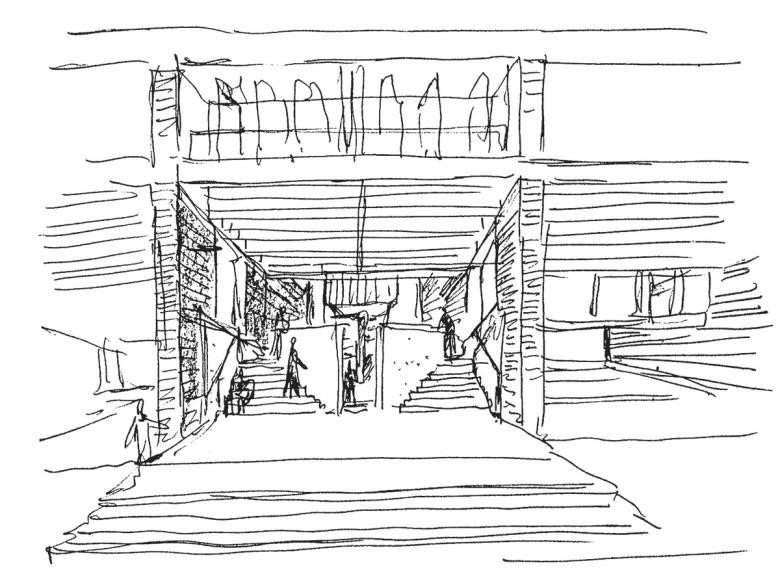
CEPT, Ahmedabad, 1966–2012. Sketch of the entrance under the south façade
If we begin with that feeling in mind, our lines begin to serve something deeper. The sketch becomes not just a layout, but a gesture of empathy.
Doshi’s quote isn’t just poetic it’s practical. Because when we connect with emotion, we create places that people truly inhabit, not just occupy.
To paraphrase the quote: architecture isn’t just about space it’s about spirit.
In our relentless pursuit of innovation, efficiency, and sustainability, let’s not forget emotion. Let’s not forget that our work is not just for awards, or portfolios, or publications. It is for people. Real people, with messy, beautiful, complicated lives.
Balkrishna Doshi taught us that the true architect is part philosopher, part psychologist, part poet. That design is not merely about problem-solving it’s about soul-stirring.
So next time you stand on site, or stare at a screen, or ponder a design, ask yourself
Does this space simply work or does it also speak?
If it speaks gently, honestly, and humanly you’re not just making architecture.
You’re touching lives



